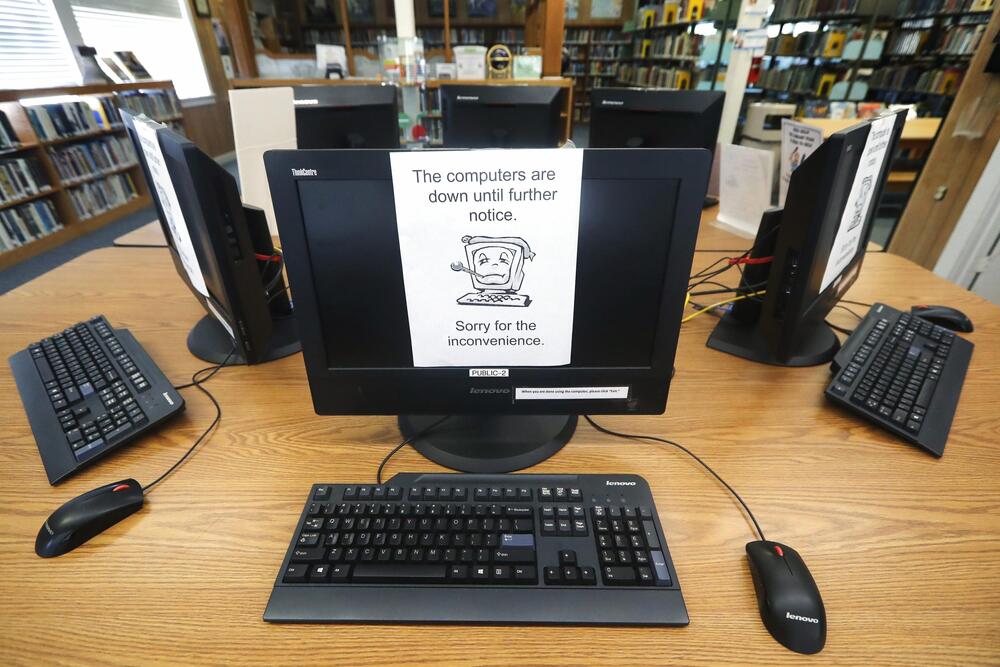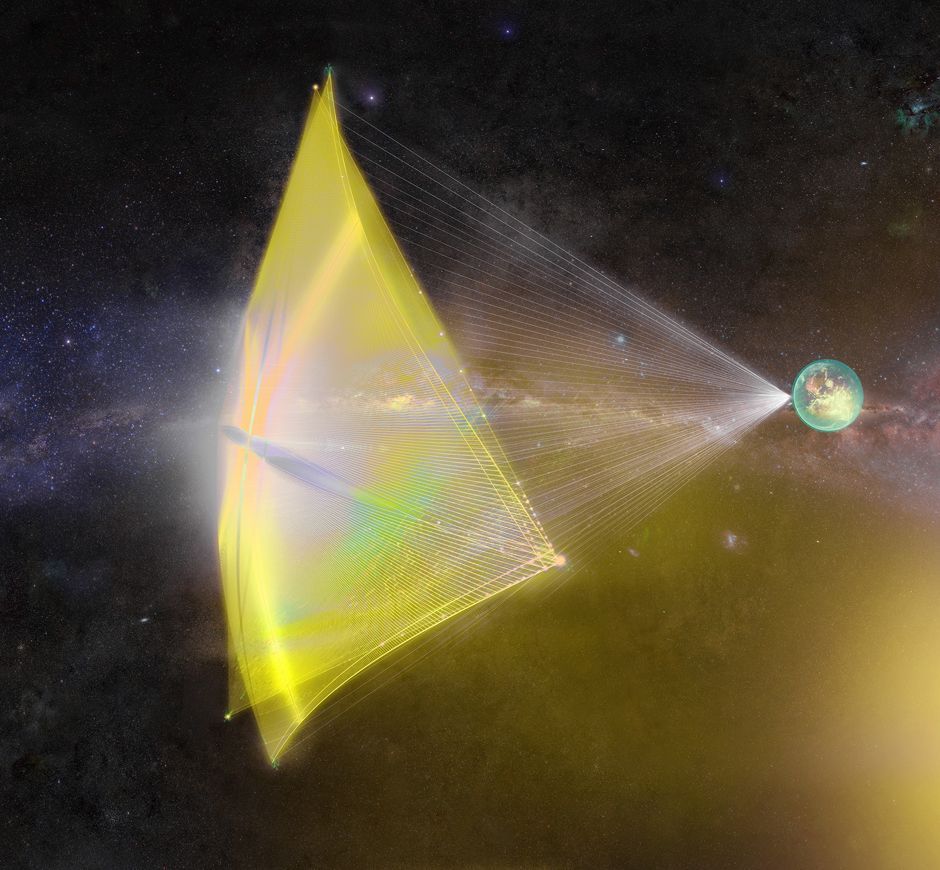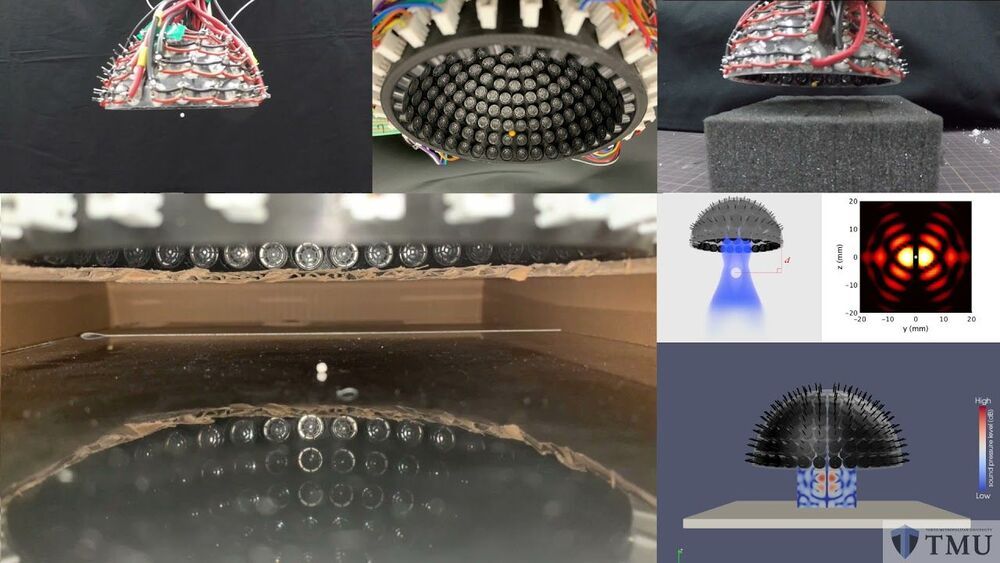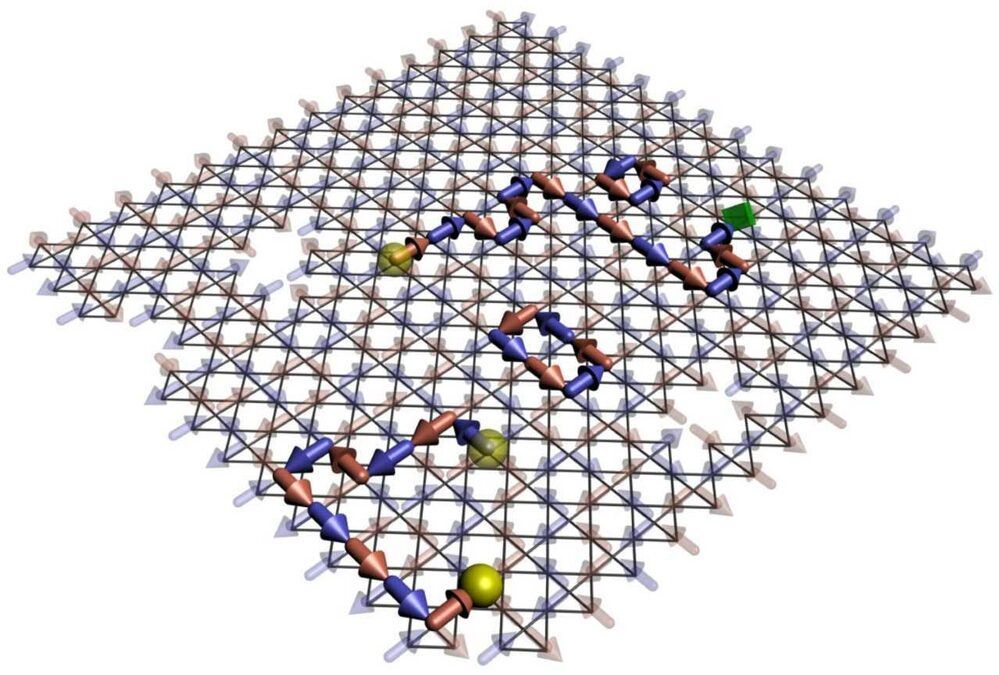Jul 26, 2021
Asteroid the size of the Great Pyramid of Giza just flew (safely)
Posted by Quinn Sena in categories: asteroid/comet impacts, existential risks
😀
An asteroid about as long as the Great Pyramid of Giza is tall made a “close” approach with Earth on Sunday (July 25), according to NASA calculations.
There is no worry that the space rock poses any threat to Earth, but NASA monitors such rocks to both learn more about the early solar system — asteroids are rocky fragments from that time — and because if their orbits were to change, the asteroid could pose a future risk to Earth.


















